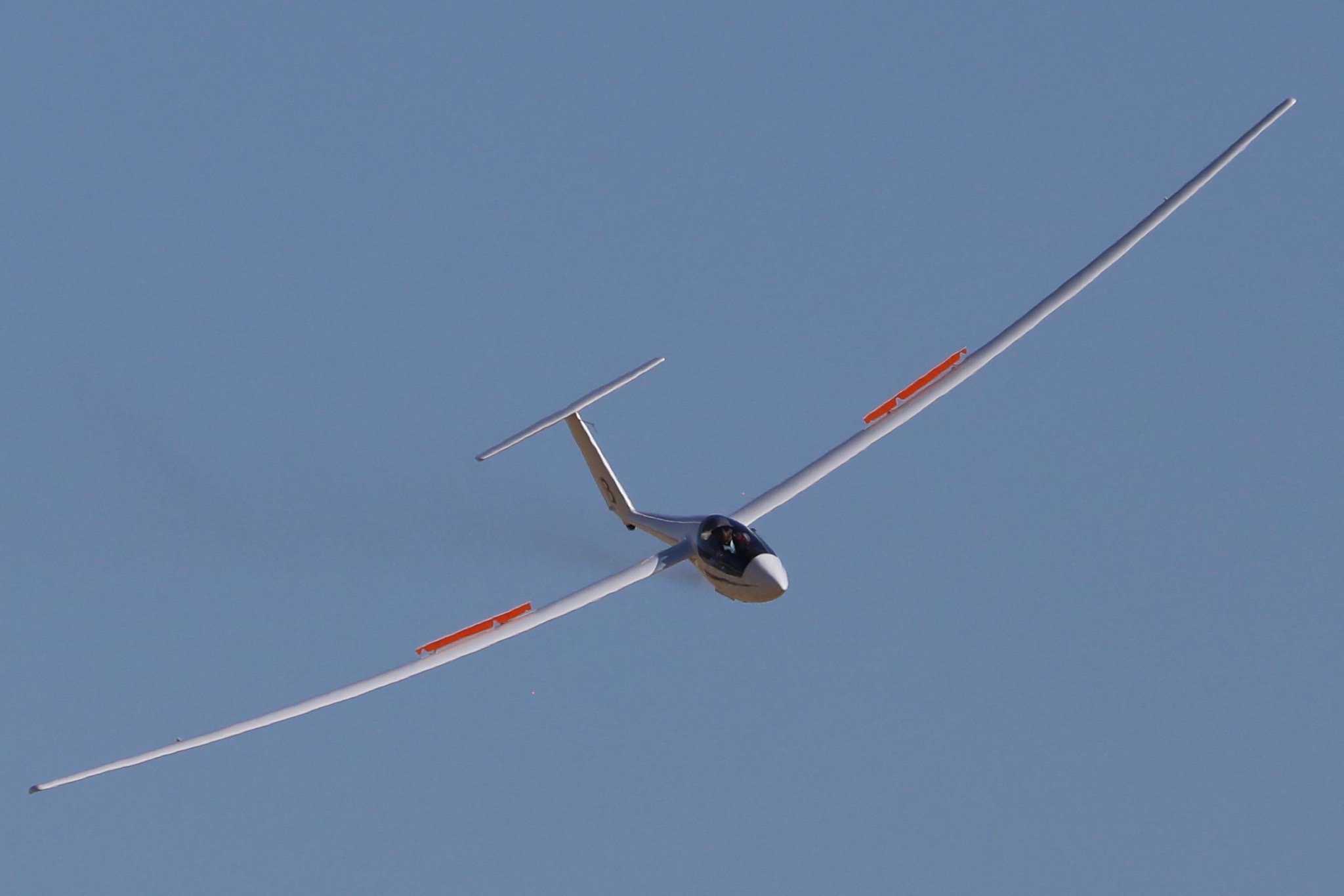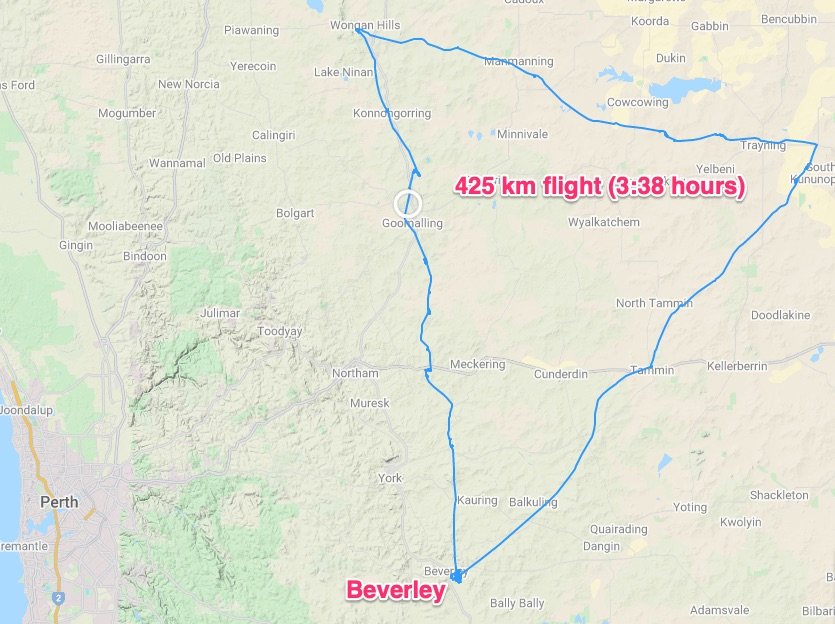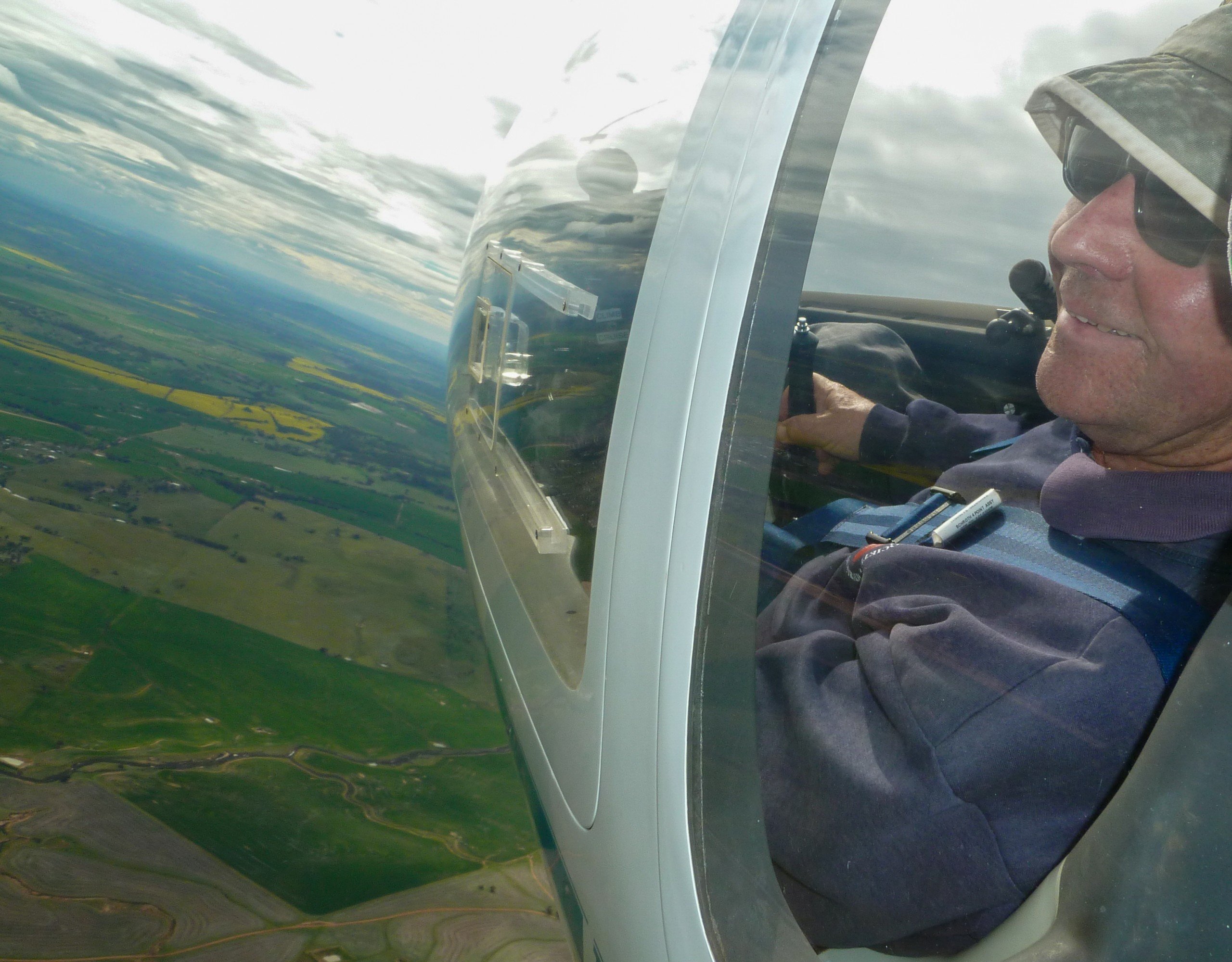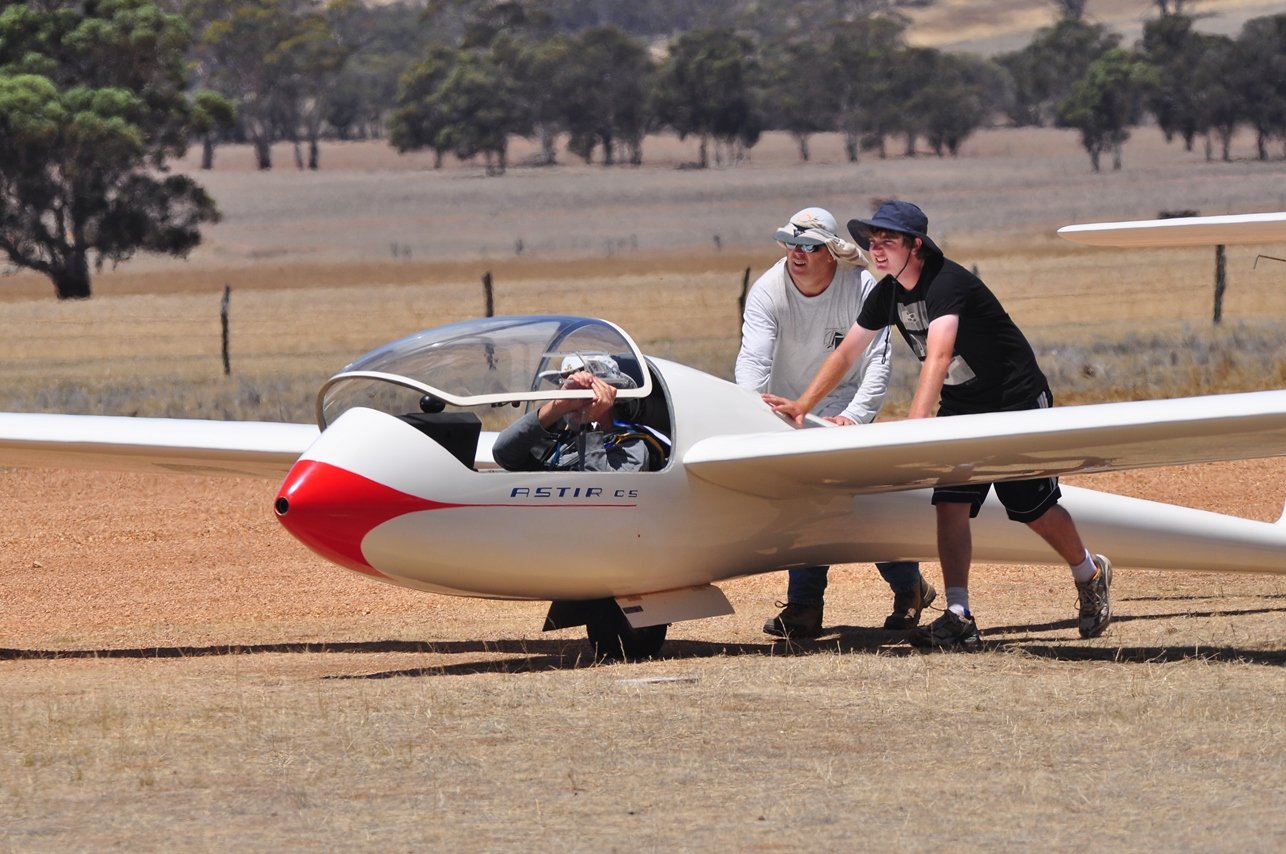The Sport of Gliding

The sport of gliding is an exhilarating, spectacular yet serene flying experience and is the purest form of recreational aviation. The aircraft are designed to fly hundreds of kilometres across country without the aid of an engine, relying solely on harnessing the force of nature by using currents of air to stay airborne. We call this soaring and, at Beverley Soaring Society, this is what we love to do!
Soaring offers a sense of freedom unique in sports. As a soaring glider pilot you are no longer earthbound; as your pilot skills increase, you will learn to venture away from the airport in your glider, relying on your own skills and judgment in analyzing the terrain and weather.
Instead of passively enjoying the countryside or the sky, you will actively look for lift clues in the air, such as birds and the maturity of cumulus clouds; and you’ll gain respect for areas on the ground that can help or hinder you in meeting the continuing challenge of staying aloft.
Flight of over 300km with average speeds of over 100km/hour are common place with a few club pilots having flown flights of over 1000km in a single day. The Western Australian wheat belt region east of Perth offers a unique combination of great gliding conditions, little air traffic and plenty of safe paddocks to land in if you can’t make it home.


The intellectual challenge of soaring is its main appeal to many glider pilots. Gravity tells you that you and your machine, which together may weigh 300 kgs to 750kg, have no business staying aloft and that your place is on the ground since you have no engine to stay airborne.
However, you know that the sun and the wind are providing an invisible force frequently far stronger than the force of gravity, but it’s up to you to make the most of that force through your interpretation of it and of your own pilot skills. The best combination brings the longest flight, the highest altitude gain, or the fastest speed in a contest.
Completing a cross-country flight and successfully returning home provides an amazing sense of achievement at every level from early cross-country pilots to national competition winners.
Most gliding clubs are non-profit volunteer organizations where the members collectively contribute to the operations of the club. This keeps cost down and allows pilots even on limited budgets to enjoy the sport.
Gliding is an all-inclusive and very social sport attracting men and woman of all ages and walks of life. In Australia you can fly solo from the age of 15 and some pilots continue gliding into their eighties. It is never too late to learn to glide and many pilots take up the sport in their 40s, 50s or even 70s.

Apart from giving you to the opportunity to learn the skills of cross-country and competition flying, there are many other aspects of gliding to become involved in. These include taking passengers flying, instructing new student pilots, cross-country coaching, undertaking annual glider inspections on the club’s and your own glider, and even carry out repairs. If you are interested in aviation, gliding allows you to encompass a huge range of skill sets and interests.
To learn more, see How gliders Fly.